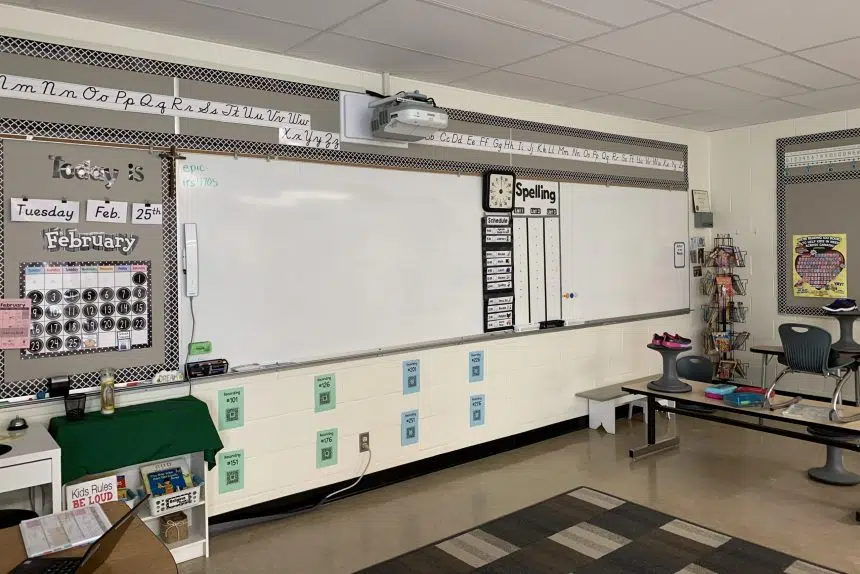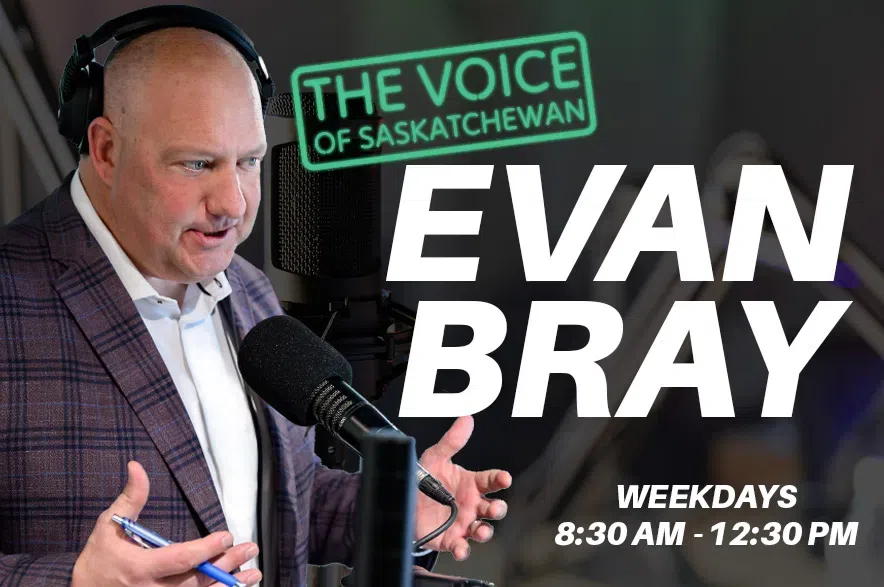It appears Saskatchewan has been lagging behind other provinces when it comes to money in schools.
According to a new report from the Fraser Institute looking at public school funding between the 2012-13 school year and the 2020-21 school year, Saskatchewan was one of only two provinces that saw a reduction in inflation-adjusted per-student funding in that time. Alberta was the other province.
While other provinces saw increases in funding by as much as 32.9 per cent according to the report, Saskatchewan saw a 10.0 per cent decrease in per-student funding.
The report analyzes the effects of inflation and student enrolment changes on public education spending.
Saskatchewan had the highest per-student spending at the start of the timeline, but dropped to sixth by the ’20-21 school year.
The report does note that Alberta and Saskatchewan saw the biggest increases in student enrolment in that time.
The Fraser Institute said compensation for staff was the highest contributor to the total growth in spending, though its share of the total spending in public schools’ salaries and wages declined slightly in that time.
While Saskatchewan School Boards Association president Jaimie Smith-Windsor said the association hadn’t been able to verify the findings of the report, she said it knows really well that year-over-year funding hasn’t been enough.
“We know that the funding that boards have received year over year has fallen short of what’s needed to provide the kinds of supports and the stability, really that allows us to commit to the bright future for all of our students that we all expect,” said Smith-Windsor.
“I think we’ve gone for a long time in this province where education has been treated as a cost-savings exercise by government through budgets, and I think it’s time that we had a big public conversation about what it means to treat education as an investment.”
Smith-Windsor said properly funding education has significant benefits, not just in the children but also in the economy. She said one out of every 11 jobs are in education and for every dollar invested in education, it gives four back.
She said underfunding could mean things like longer bus rides, fewer supports and fewer resources, but it would depend on the division.
“I think what happens through underfunding is it slowly starts to erode the kind of education our students deserve and the kind of stability they need,” she explained.
When asked about the report, Premier Scott Moe hadn’t yet taken a look at it, but he said his government is going to be taking a look at changing how divisions are funded by looking at it more than once a year.
“I think we have to have an ongoing conversation between our minister, Ministry of Education and the school divisions and the entire sector on how do we ensure that we are being responsive to those inflationary pressures, the number of students coming into our school system, maybe on a more reactionary basis, than that once-annual count and that once-annual budgetary announcement as well,” said Moe.
Some divisions in the province have been talking about huge funding shortfalls because of an increase in students throughout the year, while the provincial government only takes into account the student population at the beginning of the year.
The Saskatchewan NDP’s education critic, Matt Love, didn’t seem surprised by the findings from the report. He said it reinforces what teachers, parents, students and school boards have been saying for years: That the government has been underfunding classrooms by tens of millions of dollars.
“School divisions and teachers have been sounding the alarm on these issues for years. They’ve communicated very effectively with this premier and this government exactly what’s happening in our classrooms; (Moe) has chosen to ignore them,” said Love.
He said the underfunding shows a lack of understanding of what schools actually look like these days.
“We’ve seen this government try to devalue the role of teachers in our province instead of truly understanding the challenges in our classrooms and solving those challenges,” said Love.
While the numbers in the report only go up to the 2020-21 school year, Love suspected the situation has got even worse when Saskatchewan is compared to other provinces. He said other provinces have since made investments to get their students past their struggles from the pandemic, while Saskatchewan has gone the other direction.
“We’ve seen more cuts at the classroom level and each of the last two years, we’ve seen hundreds of more students each year with dozens of fewer teachers,” he said.
Love wants the provincial government to start putting more money back into schools, though he admits it won’t be a quick process.











